A new episode of Mayo Clinic's "Health Matters" podcast delves deep into pickleball elbow. The bad news: it's a common and nagging ailment. But rest assured there's a smart way through it and back to the court.
Here's something that probably won't surprise you: pickleball is tough on your body. We're not talking about the occasional sore shoulder or that weird elbow twinge after a weekend tournament. We're talking about legitimate, nagging injuries that can sideline you for months if you're not careful.
💡
Love pickleball? Then you'll love our email newsletter. We send the latest news, tips, and highlights for free each week.
The good news? A lot of these injuries are preventable. And if you do get hurt, there's actually a pretty clear roadmap for getting back on the court without making things worse.
That's the core message from a recent episode of Mayo Clinic's "Health Matters" podcast, where orthopedic surgeon Dr. Christopher Camp broke down everything you need to know about elbow and shoulder injuries in sports.
And yes, he specifically mentioned pickleball elbow alongside tennis elbow and golfer's elbow, which means the sport has officially made it to the medical establishment's injury hall of fame.
The Pickleball Elbow Problem Is Real
Let's start with the basics.
Pickleball elbow, tennis elbow, golfer's elbow; they're all basically the same thing with different names. They're tendon injuries, specifically inflammation or irritation of the tendons on either the outside or inside of your elbow. The tendons get stretched, irritated, and develop small micro tears.
Your body tries to repair them, but here's the catch: the breaking-down process happens faster than the healing process, especially in that area of the elbow where blood supply isn't great.
New Study: 30% of Pickleball Players Admit They Play Through Pain
Conducted by researchers from Saint Louis University, it analyzed 1,758 pickleball players ages 18-102 across the U.S. to better understand injury patterns beyond just emergency room data.
 The Dink PickleballLuke Burton
The Dink PickleballLuke Burton
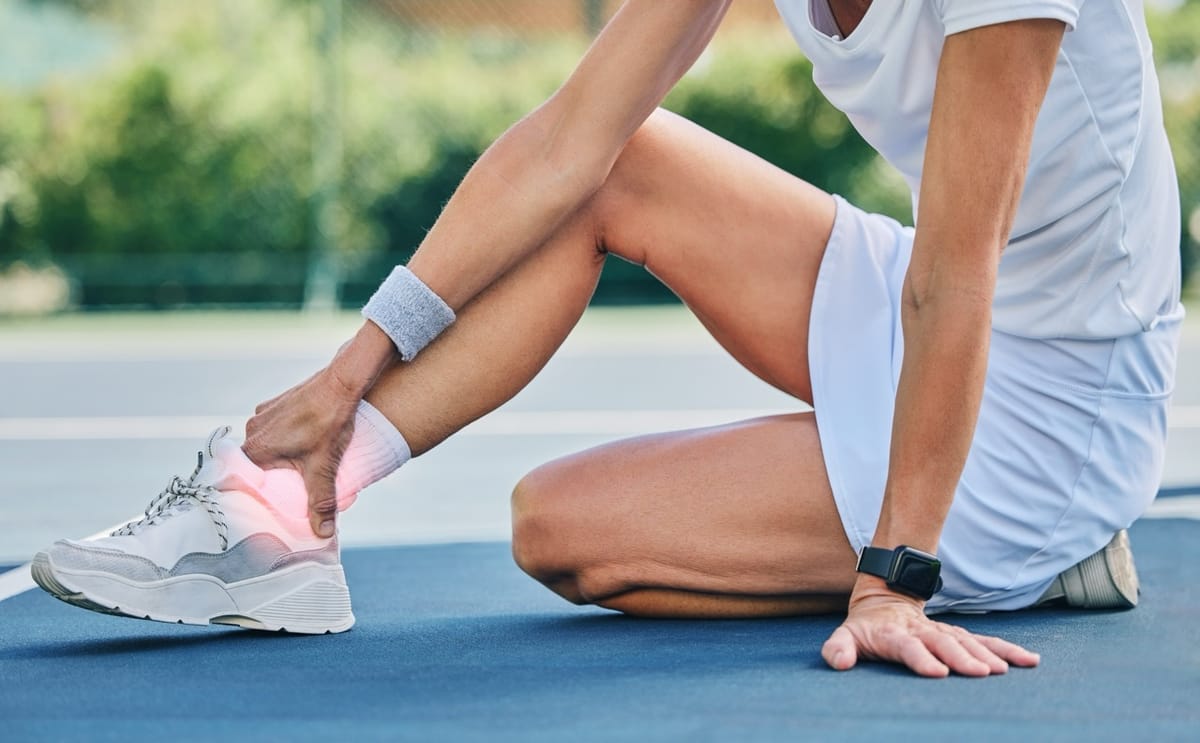
"These injuries tend to occur in folks that are a little bit older, most commonly in the 40s, 50s, and 60s age range," Dr. Camp explained on the podcast.
"Really, these are tendon injuries."You don't have to be a competitive athlete to get pickleball elbow. You could be someone who just picked up the sport last year, or someone who decided to play four hours straight on a Saturday after barely touching a paddle all week. That sudden spike in activity is often what triggers the injury.
Why Does This Keep Happening to Active People?
Here's the frustrating part: we've all been told "use it or lose it." Stay active, keep moving, don't let your body atrophy. So naturally, a lot of us are out there grinding, trying to maintain our fitness and our competitive edge. And then we get injured. What gives?
"We have to be smart about how we do it," Dr. Camp said.
"Yes, we need to be active, but we need to do it in different ways."The problem is repetition. If you're hitting hundreds of backhands a day or playing pickleball five days a week without any cross-training, you're basically asking for trouble.
Your tendons aren't designed to handle the same motion over and over again at high intensity. They need variety. They need rest. They need you to mix things up.
Playing More Pickleball Actually Improves Your Mental Health, New Study Finds
Players who hit the court three or more times per week, for at least two hours each session, scored significantly higher on mental wellbeing tests than those who played once or twice.
 The Dink PickleballAlex E. Weaver
The Dink PickleballAlex E. Weaver
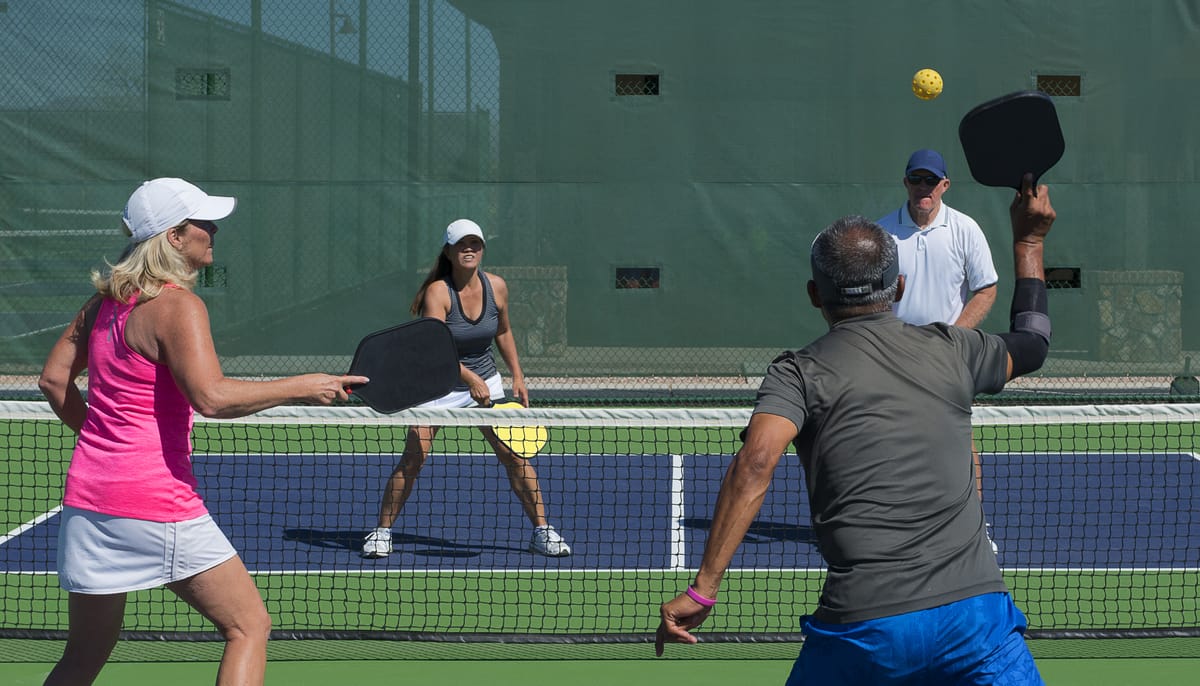
This is where cross-training becomes your best friend. If you're serious about pickleball, you should be doing other things too, according to the video: swimming, biking, running, strength training.
Not only does this keep you from getting bored, but it also keeps your body from breaking down in one specific spot.
The Three Warning Signs You Can't Ignore
So how do you know if something's actually wrong? Dr. Camp identified three main symptoms that should get your attention:
- Pain is the obvious one. It's usually right at the site of the injury, your elbow or shoulder. It's hard to ignore, and honestly, you shouldn't try to.
- Loss of motion comes next. Maybe you can't lift your arm over your head like you used to, or you can't fully straighten your elbow. This tends to show up a bit later or in more severe cases.
- Weakness is the third one. Your muscles are firing, but they're not working as well as they used to. This happens for two reasons: the tendon might actually be torn, or your muscles are shutting down because of pain inhibition. Your body's basically saying, "Hey, this hurts, so I'm not going to work as hard."
Just know not all pain is created equal. If you have some discomfort that doesn't really impact your function, you still have full motion and strength, and it's getting better and doesn't last more than 24 hours, you're probably okay to keep working through it.
💡
Get 20% off select pickleball gear, including aids to recover from pickleball elbow, with code THEDINK at Midwest Racquet Sports
But if the pain lasts longer than a day, if you can't lift your arm when you could before, or if you're feeling numbness and tingling, that's when you need to make a change.
What to Do When You Actually Get Hurt
Let's say you're out on the court and something doesn't feel right. What's your move?
- First, stop doing whatever caused the injury. This sounds simple, but it's surprisingly hard. We're wired to push through, to finish the job, to prove our bodies wrong. Don't. If you hurt yourself hitting a backhand, stop hitting backhands. Switch arms if you need to. Get someone else to help. Just make an adjustment.
- Then, breathe. Don't panic. These injuries aren't emergencies. You have time to figure this out.
- After that, the basics work: ice, compression, elevation, and maybe some over-the-counter anti-inflammatory medication (be sure to consult your doctor regarding any medication). Do this early, and you could take care of the problem without needing anything more serious.
But here's the key: you need to rest until you're not having any pain, you have all your motion back, and you have all your strength back. For most people, that's at least 24 to 48 hours, but it could be longer depending on how bad the injury is.
Now, we all know that active people hate the word "rest." It feels like giving up. But Dr. Camp had a smart reframe: you don't have to be inactive. You just need to find other creative ways to stay active.
If you injured your elbow swinging a tennis racket, try riding a stationary bike or going for a walk or run. Find something that doesn't hurt and doesn't involve the injured arm.
Pickleball Eye Injuries Are Growing at an ‘Alarming Rate’ — With a Few Caveats
On-court eye injuries have spiked in the past few years. Is this the inevitable byproduct of pickleball’s booming popularity, or alarming new proof that more proactive preventative measures need to be taken?
 The Dink PickleballAlex E. Weaver
The Dink PickleballAlex E. Weaver

Getting Back on the Court the Right Way
Eventually, you'll feel better and want to get back to pickleball. But here's where a lot of people mess up: they get the all-clear from their doctor and then go out and play three hours of competitive pickleball on day one. That's a recipe for re-injury.
Instead, you need to work your way back up gradually. Start with light hitting, maybe some volleys with a partner. Slowly do more and more. The general rule of thumb is that however long you've been out, it should take you about that long to build back up. So if you were sidelined for three months, plan on three months to get back to where you were.
And while you're doing that, ask yourself: what am I going to do differently so I don't get injured again?
Are you going to work with a physical therapist? Are you going to add some arm care exercises to your warmup routine? Are you going to cross-train more? These are the questions that separate people who have one injury from people who have a pattern of injuries.
Heads up: hundreds of thousands of pickleballers read our free newsletter. Subscribe here for cutting edge strategy, insider news, pro analysis, the latest product innovations and more.
Anuncie Aqui / Advertise Here
Sua marca para o mundo Pickleball! / Your brand for the Pickleball world!

 English
English  Spanish
Spanish  Portuguese
Portuguese  German
German  Italian
Italian  Japanese
Japanese  French
French  Polish
Polish  Russian
Russian  Netherlands
Netherlands  Hungarian
Hungarian  Turkish
Turkish  Videos
Videos 
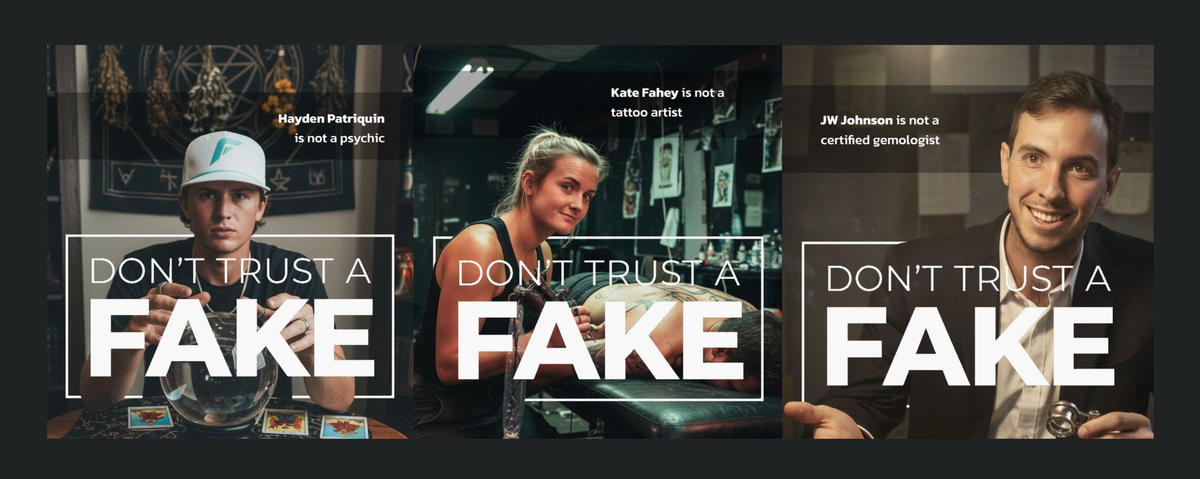
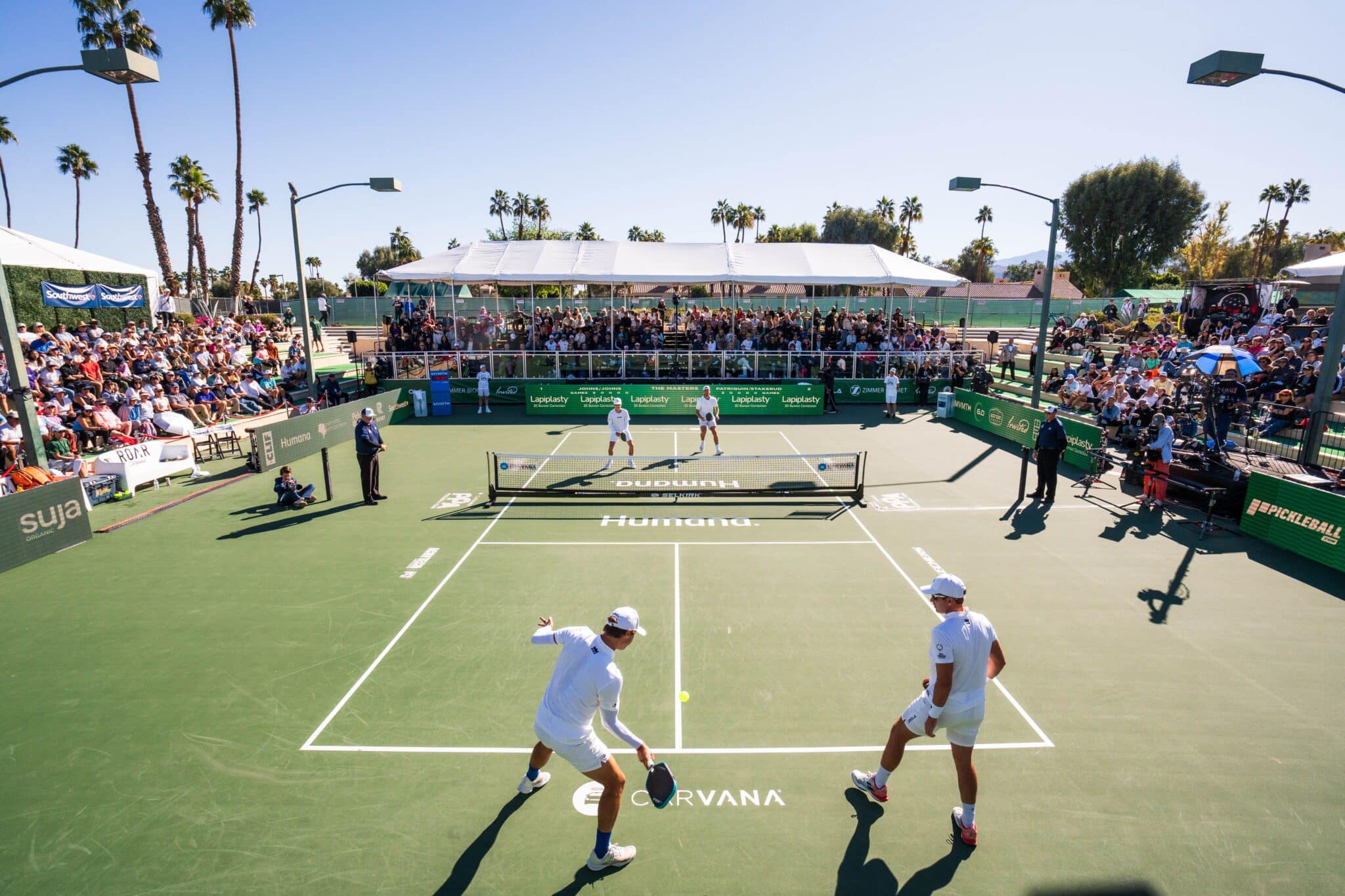
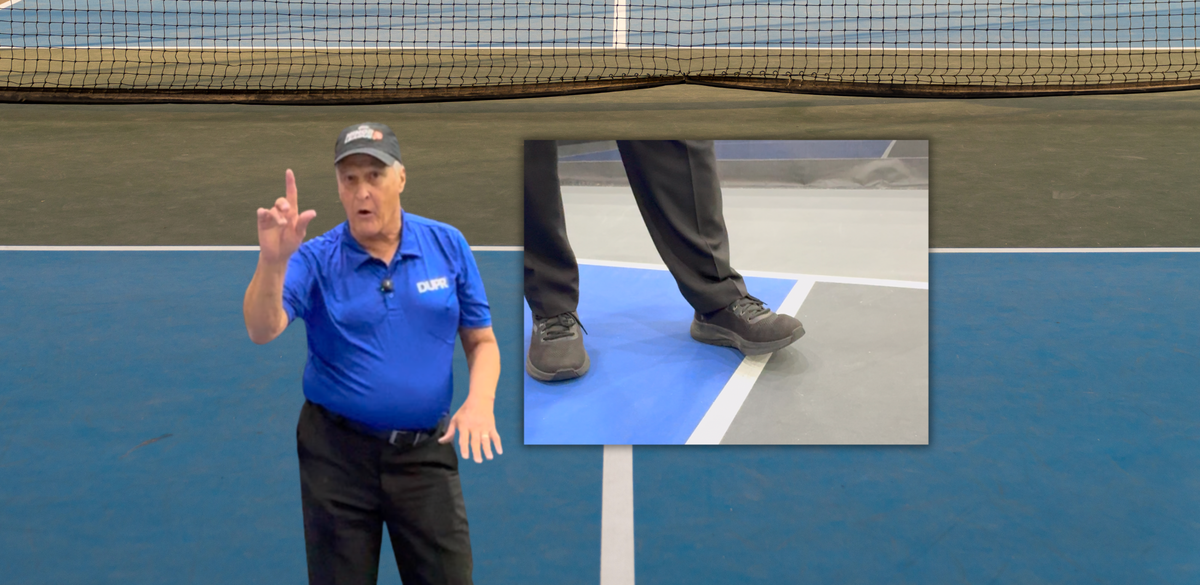
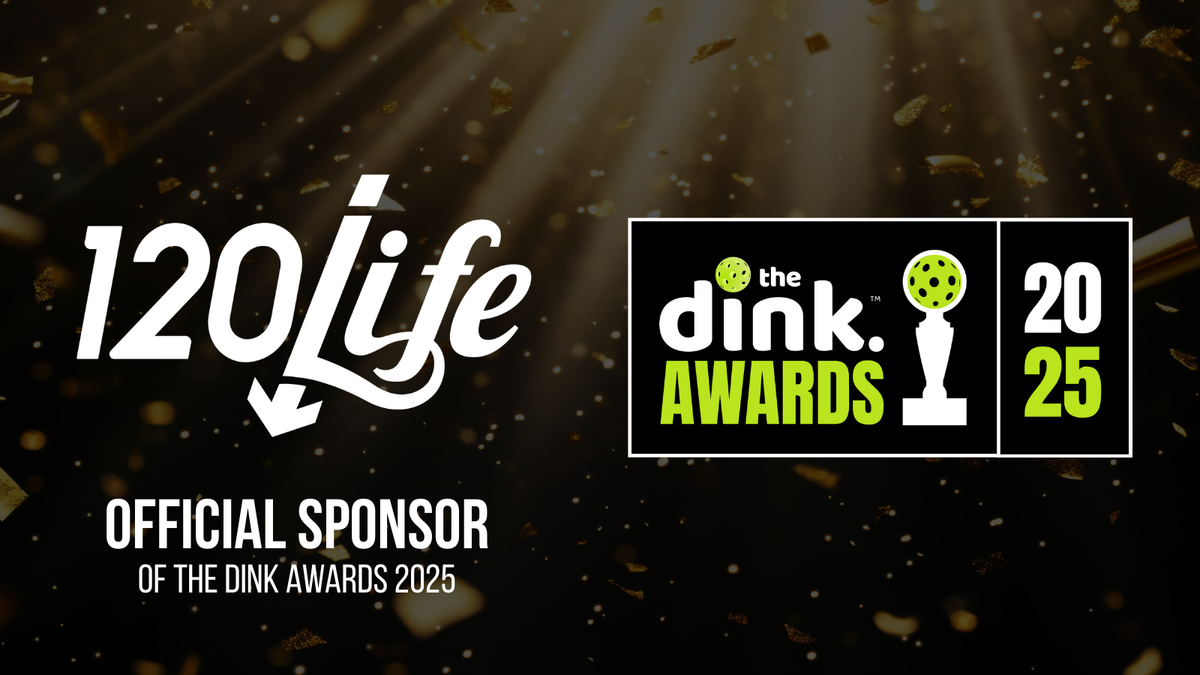
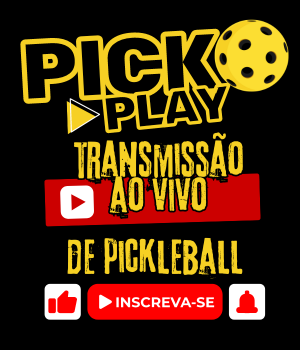



 English (US) ·
English (US) ·  Portuguese (BR) ·
Portuguese (BR) ·